The world of jewelry has never been more connected — or more competitive. As borders blur and digital platforms redefine how brands reach consumers, the global jewelry market is entering an era of dynamic transformation. From cultural personalization to digital storytelling, today’s success depends not only on craftsmanship but also on understanding the trends that drive global demand.
1. The Digital Renaissance of Jewelry Marketing
E-commerce has become the new gold mine for jewelry brands. Social media platforms — especially Instagram, TikTok, and Pinterest — are now virtual showrooms where customers experience design, quality, and brand emotion before making a purchase.
Global consumers now expect visual storytelling: cinematic product reels, AR try-ons, influencer collaborations, and personalized campaigns that make jewelry feel personal, even when viewed on a screen.
Leading manufacturers and exporters have recognized that digital presence equals brand power. The brands that dominate tomorrow’s markets will be those that pair old-world craftsmanship with new-age connectivity.
2. Personalization and Customization on a Global Scale
Across continents, the jewelry trend that unites all markets is personal identity. From name necklaces in the U.S. to symbolic charms in Europe and couple bands in Asia, consumers seek jewelry that mirrors their personality and beliefs.
Manufacturers like ORO-Z are leading the charge by enabling customization at scale — combining precision CNC technology with creative design to produce bespoke jewelry that resonates with individual stories. This approach doesn’t just appeal to consumers; it builds emotional loyalty that lasts.
3. Sustainability and Ethical Gold: The New Luxury Standard
Ethical sourcing has evolved from a niche concern into a global priority. Recycled gold, conflict-free diamonds, and transparent supply chains are now essential to earning consumer trust.
International buyers increasingly look for certifications that verify responsible production — making sustainability both a marketing advantage and a moral imperative.
Brands that adopt sustainable practices today are not just protecting the planet; they’re securing their place in the future of luxury.
4. The Rise of Local Heritage with Global Appeal
Another powerful trend shaping the global jewelry scene is the blend of heritage and modernity. Consumers admire pieces that carry the cultural artistry of a region but are styled for international fashion sensibilities.
India, for example, has emerged as a powerhouse for this trend — exporting jewelry that reflects traditional artistry while meeting the sleek preferences of global buyers. Through innovation in design and manufacturing, brands like ORO-Z are showcasing how Indian craftsmanship can lead global design narratives.
5. Data-Driven Global Strategy
Behind every global success story lies data. International jewelry marketers are using analytics to study purchasing patterns, festival demands, price sensitivities, and regional aesthetics. This data-driven approach helps brands create targeted campaigns and product lines that align with regional trends and cultural sentiments.
For exporters and B2B jewelry houses, understanding this data means crafting not just jewelry — but opportunity.
Conclusion
The Global Gold Rush is not about chasing the next market; it’s about mastering the rhythm of global change. As technology, sustainability, and personalization continue to shape buying behavior, jewelry brands that adapt quickly — while staying true to their artistic roots — will shine the brightest.
As Niraj Choksi aptly puts it, “In the modern jewelry world, it’s not just about selling gold — it’s about sharing stories that cross borders and connect hearts.”



